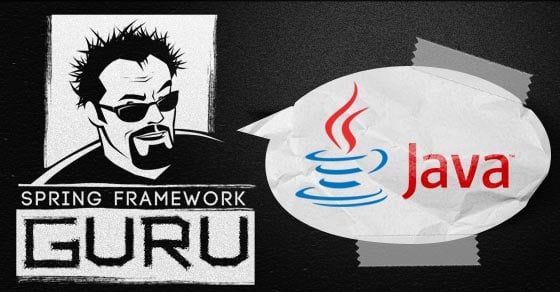Merge Sort in Java
In this post, I will explain the Merge Sort algorithm and how to use it in Java. Sorting is the process of arranging data in ascending or descending order. Sorting becomes necessary while searching a particular record in database, a particular telephone number in telephone directory, words in a dictionary, and so on. In computer […]Continue reading





